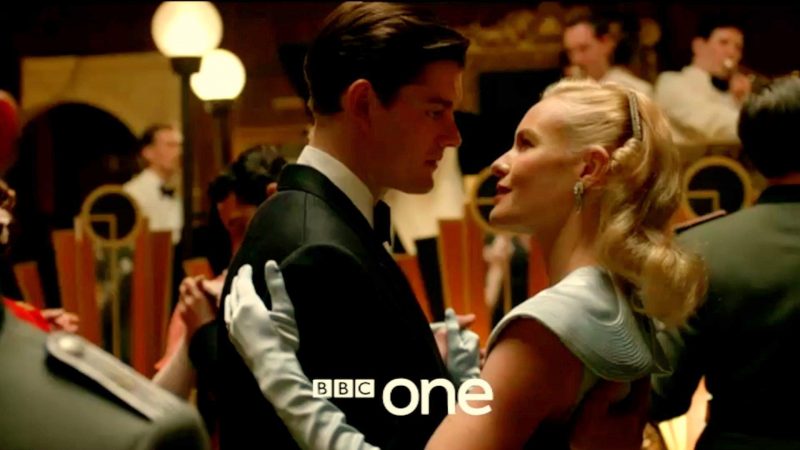The new series SS-GB shown by the BBC is set to create a real buzz.
Set in World War Two, it presents an alternate history answering the question: what if Nazi Germany had prevailed over and occupied Great Britain?
Seven facts about the series are worth noting:
1. It is set in an alternative view of past history.
It is not a familiar view, however. Though recent TV dramas and novels have dealt with the topic, this is an approach that viewers will not have seen before.
2. It is based on a novel.
The novel was written by Len Deighton who was also involved in the creation of the adaptation.
3. It has a brilliant cast.
The leading role stars Sam Riley, who first came to attention portraying Ian Curtis in the Joy Division film Control. He plays Detective Superintendent Douglas Archer, charged with investigating a homicide under the SS regime.
Starring opposite him is Kate Bosworth, as New York Times journalist Barbara Barga, who is on assignment to cover the UK.
James Cosmo, recognizable from Celebrity Big Brother, plays housemate Harry Woods.
4. It is not the same as The Man in the High Castle.
Unfortunately, the timing for SS-GB’s release coincided with Amazon’s unveiling of the second series of Philip K. Dick’s rendition of The Man in the High Castle.
Although both shows see an alternative outcome for the Second World War, there are some differences, particularly with SS-GB’s British locale and that it still takes place during the war.
He notes a difference from The Man in the High Castle, which is more sci-fi and not as close to what happened, says producer Robert Wade. In SS-GB, the British are living through the Occupation by Germany. The game is not yet done. History is alive, and that is what is very clever about the story, says Wade.
5. It was visualized as a big film.
The show sounds perfect for binge-viewers since it was originally planned like a long film.
Since it was a contained story, it took less effort for them to gravitate to TV, said producer Neal Purvis. They could only present it as a five-hour movie because they did not want anything as a series. They wanted it to emerge as a classy movie.
6. The cast found the Nazi imagery disturbing.
As required for this type of drama, the set of SS-GB is replete with Nazi imagery such as the Swastika.
It has not lost its influence, Riley said. It was so crafty, so influential, so appealing, so disturbing, so controlling.
Bosworth said with most films, an actor shows up and becomes accustomed to the design of everything. But every time she showed up, it shook and devastated her.
7. It was partly shot in London, including at Buckingham Palace.
The drama production used London locations; including putting a Spitfire plane beside the Palace and stationing German soldiers on the Mall, Evening Standard reported.
Executive producer Sally Woodward is quoted in NME as saying they tried to curtail the use of swastikas in public as much as possible so no offense resulted because evil is associated with the imagery. They didn’t want to play and expose anyone to it either. On set when there were actors dressed as German soldiers, between sets they wore ponchos over the uniforms.
